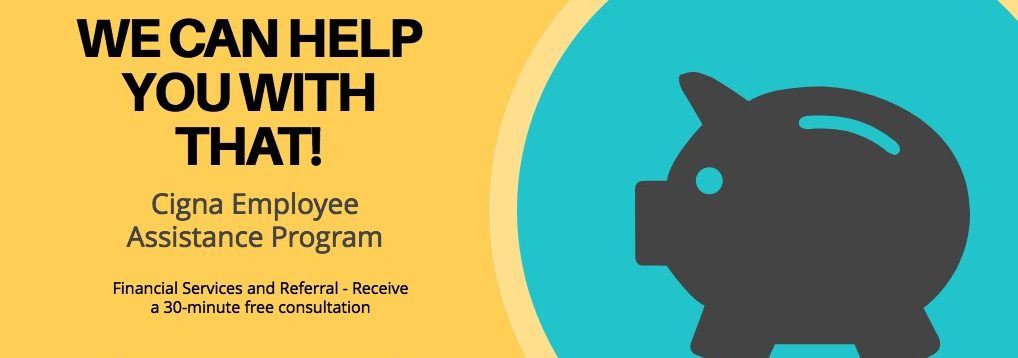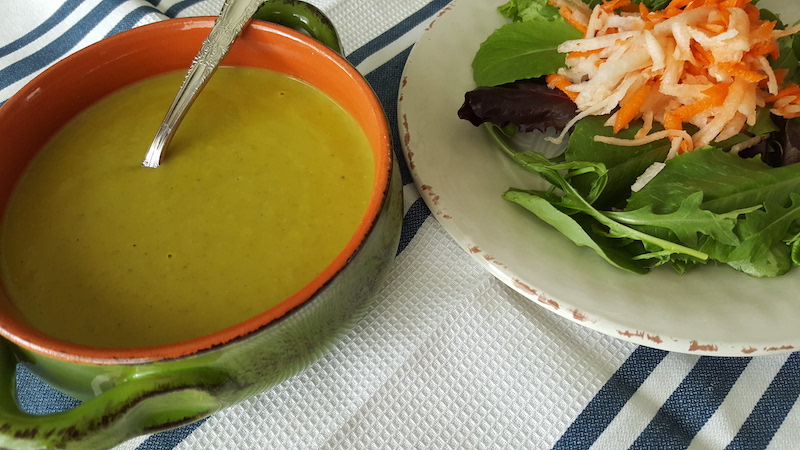This information comes to you from Cigna
Drug Abuse and Dependence
RX Drug Abuse
Recreation use of prescription drugs is a serious and growing problem, national studies now indicate that a teen is more likely to abuse a prescription drug than an illegal street drug.
Which RX drugs might be a problem?
Drugs that are abused include:
- Depressants- drugs that treat seizures (Mephobarbital), anxiety (Valium) and sleep disorders (ambien).
- Opiods and morphine derivaties- painkillers like hydrocodone and acetaminophen (Vicodin), and oxycodone (OxyContin).
- Stimulants- to treat ADHD: (Adderall and Ritalin)
- Over-the-counter medicines, such as cough syrups and cold pills.
What are the signs of drug abuse and dependence?
Behaviors that may be signs of a drug problem include:
| Opioid painkillers |
Sedatives and anti-anxiety medications |
Stimulants |
| · Constipation
· Depression
· Low blood pressure
· Decreased breathing rate
· Confusion
· Sweating
· Poor coordination |
· Drowsiness
· Confusion
· Unsteady walking
· Poor judgment
· Involuntary and rapid movement of the eyeball
· Dizziness |
· Weight loss
· Agitation
· Irritability
· Insomnia
· High blood pressure
· Irregular heartbeat
· Restlessness
· Impulsive behavior |
Other signs include:
- Stealing, forging or selling prescriptions
- Taking higher doses than prescribed
- Excessive mood swings or hostility
- Increase or decrease in sleep
- Poor decision making
- Appearing to be high, unusually energetic or revved up, or sedated
- Continually “losing” prescriptions, so more prescriptions must be written
- Seeking prescriptions from more than one doctor
Risk Factors
Many people fear that they may become addicted to medications prescribed for legitimate medical conditions, such as painkillers prescribed after surgery. However, people who take potentially addictive drugs as prescribed rarely abuse them or become addicted.
Risk factors for prescription drug abuse include:
- Past or present addictions to other substances, including alcohol
- Younger age, specifically the teens or early 20s
- Certain pre-existing psychiatric conditions
- Exposure to peer pressure or a social environment where there’s drug use
- Easier access to prescription drugs, such as working in a health care setting
- Lack of knowledge about prescription drugs
Older adults and prescription drug abuse
Prescription drug abuse in older adults is a growing problem. Having multiple health problems and taking multiple drugs can put seniors at risk of misusing drugs or becoming addicted, especially when they combine drugs with alcohol.
Complications
Abusing prescription drugs can cause a number of problems. Prescription drugs can be especially dangerous when taken in high doses, when combined with other prescription medications or certain over-the-counter medications, or when taken with alcohol or illegal drugs.
Medical consequences
Examples of serious consequences of prescription drug abuse include the following.
- Opioids can cause an increased risk of choking, low blood pressure, a slowed breathing rate and potential for breathing to stop, or a coma.
- Sedatives and anti-anxiety medications (anxiolytics) can cause memory problems, low blood pressure and slowed breathing. Overdose can cause coma or death. Abruptly stopping the medication may be associated with withdrawal symptoms that can include hyperactivity of the nervous system and seizures.
- Stimulants can cause dangerously high body temperature, heart problems, high blood pressure, seizures or tremors, hallucinations, aggressiveness, and paranoia.
Addiction
Because commonly abused prescription drugs activate the brain’s reward center, it’s possible to become addicted to them. People who are addicted continue to use a drug even when that drug makes their lives worse — just like people addicted to nicotine continue smoking cigarettes even when it harms their health and they want to quit.
Other consequences
Other potential consequences include engaging in risky behaviors because of poor judgment, using illegal drugs, being involved in crime, motor vehicle accidents, decreased academic or work performance, and troubled relationships.
When to see a doctor?
Talk to your doctor if you think you may have a problem with prescription drug use. You may feel embarrassed to talk to your doctor about it — but remember that medical professionals are trained to help you, not judge you. Identifying prescription drug abuse as soon as possible is important. It’s easier to tackle the problem early before it becomes an addiction and leads to more serious problems
What you can do
To prepare for your appointment, make lists of:
- All the medications you’re taking, including the dose and how often you take each one, as well as over-the-counter medications, herbs and supplements
- Any symptoms you may be experiencing
- Key personal information, including any major stresses or recent life changes
- Questions to ask your doctor
Questions to ask your doctor may include:
- What are my treatment options?
- How long does it take for treatment to work?
- Should I see a specialist?
- How can we manage my other health conditions during treatment?
- Do you have any brochures or other printed material I could have? What websites do you recommend?
What to expect from your doctor
Your doctor will perform a physical exam and may ask these questions:
- How long have you had this problem?
- What, if anything, prompted it?
- How severe are your symptoms?
- Do you have a past history of drug abuse or addiction?
- Has anyone in your family had a history of drug abuse or addiction?
How are drug problems treated?
Treatment options for prescription drug abuse vary, but counseling, also called talk therapy or psychotherapy, is typically a key part of treatment.
Counseling
Counseling — whether it’s individual, group or family counseling — can help determine what factors may have led to the prescription drug abuse, such as an underlying mental health problem or relationship problems. Counseling can also help you learn the skills needed to resist cravings, avoid abuse of drugs and help prevent recurrence of prescription drug problems.
Through counseling, you can learn strategies for developing positive relationships and identify ways to become involved in healthy activities that aren’t related to drugs.
Medications
Depending on the drug and usage, detoxification may be needed as part of treatment. Withdrawal can be dangerous and should be done under a doctor’s care.
- Opioid withdrawal. Buprenorphine, buprenorphine with naloxone (Suboxone) or methadone may be used by doctors under specific and regulated conditions to ease the symptoms of withdrawal from opioid painkillers. Other drugs — including clonidine (Catapres), a medication primarily used for high blood pressure — can be used to help manage opioid withdrawal symptoms.
- Withdrawal from sedatives or anti-anxiety medications (anxiolytics). If you’ve used prescription sedatives or anti-anxiety medications for a long time, it may take weeks or even months to slowly taper off them. Because of lengthy withdrawal syndrome symptoms, it can take that long for your body to adjust to low doses of the medication and then get used to taking no medication at all. You may need other types of medications to stabilize your mood or help with anxiety, and you’ll need to work closely with your doctor.
- Stimulant withdrawal. There are no approved drugs used for treating stimulant withdrawal. Treatment typically focuses on tapering off the medication and relieving withdrawal symptoms — such as sleep, appetite and mood disturbances.
- Make sure you’re getting the right medication. When you see your doctor, make sure the doctor clearly understands your condition and the signs and symptoms it’s causing. Tell your doctor about all your prescriptions, as well as over-the-counter medications, herbs and supplements, and alcohol and drug use. Ask your doctor whether there’s an extended-release version of a medication or an alternative medication with ingredients that have less potential for addiction.
- Check in with your doctor. Talk with your doctor on a regular basis to make sure that the medication you’re taking is working and you’re taking the right dose.
- Follow directions for use carefully. Use your medication the way it was prescribed. Don’t stop or change the dose of a medication on your own if it doesn’t seem to be working without talking to your doctor. For example, if you’re taking a pain medication that isn’t adequately controlling your pain, don’t take more.
- Know what your medication does. Ask your doctor or pharmacist about the effects of your medication so you know what to expect.
- Never use another person’s prescription. Everyone’s different. Even if you have a similar medical condition, it may not be the right medication or dose for you.
- Don’t order prescriptions online unless they’re from a trustworthy pharmacy. Some websites sell counterfeit prescription and nonprescription drugs that could be dangerous.
Cigna is only a call away. Call 1.866.494.2111 to speak to a pharmacist or a registered nurse to answer your health questions, when and where to seek medical attention. Calling Cigna is CONFIDENTIAL.








